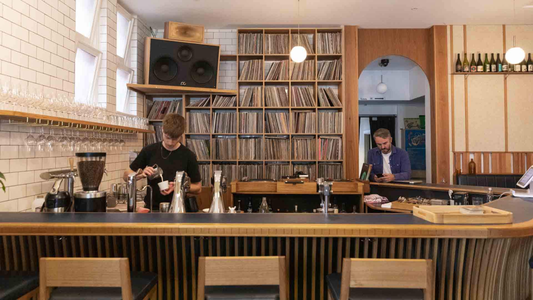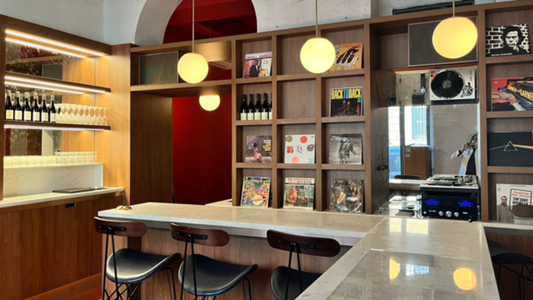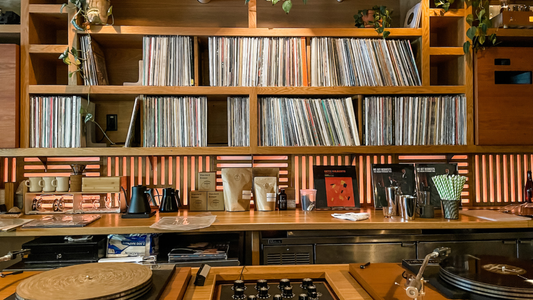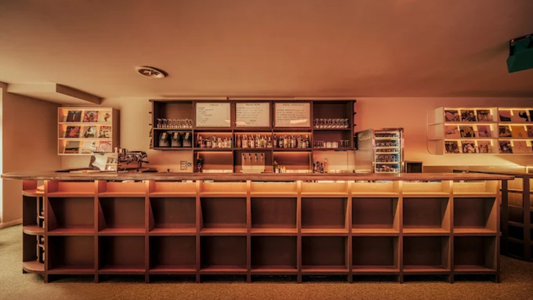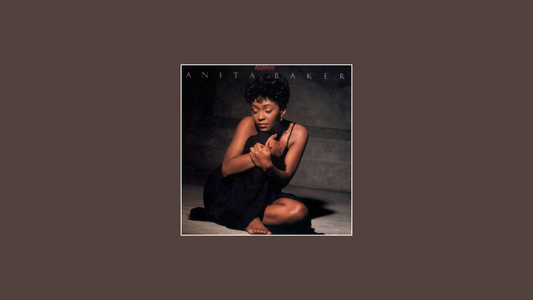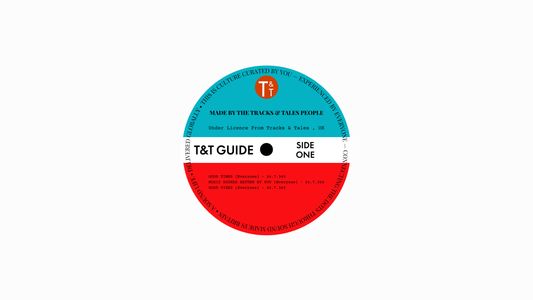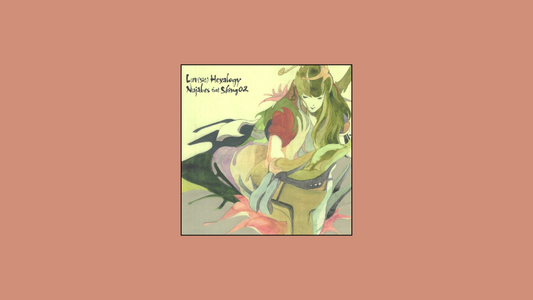
Tokyo: The Whisper of Jazz Kissa
By Rafi Mercer
The first thing you notice is the hush. A low-lit room, curtains drawn against the neon outside, the faint aroma of tobacco and whisky threading through the air. A row of solitary men sit evenly spaced along the bar, each angled towards a pair of towering wooden speakers. A record turns, its groove catching the light. Then, as the stylus makes contact, the room exhales: Coltrane’s horn unfurls, not as background, but as the very architecture of the space.
These are the jazz kissas of Tokyo — listening cafés born in the post-war years, when imported records were rare, and live jazz rarer still. They became sanctuaries for immersion, places where music was not decoration but devotion. In their quiet severity, they also offered a radical proposition: that listening could be an act as serious, as communal, as eating or drinking.
I spent years wandering record shops, both as a buyer and as a customer, but nothing prepares you for the geometry of sound in a kissa. The speakers aren’t positioned for ambience; they are positioned for worship. The bass arrives through the soles of your shoes, the treble traces the contour of your skin. You don’t so much listen as surrender.
The etiquette is unspoken but absolute. No chatter during playback. No phones. Even glasses are set down softly. At first, this silence can feel unnatural. But soon you realise it is not the absence of conversation — it is the presence of attention. The entire room, strangers alike, are held in the same frequency. A chorus of listeners, united not by words but by resonance.
Each kissa bears the fingerprints of its proprietor. At Dug, whisky tempers the intensity, conversation loosens between sets. At Meg, shelves of records spill into every corner, and the live sessions keep the air restless. The rooms are never designed with aesthetic flourish — the beauty is in the sound. Tube amps glowing like votive candles, cables thick as ropes, turntables anchored to hand-carved plinths.
It is tempting to romanticise these places as relics. Yet they are not stuck in amber. A younger generation in Tokyo has rediscovered them, not out of nostalgia but out of necessity. In a city flooded with sound — pachinko parlours, train announcements, karaoke bars, endless screens — the kissa offers refuge. Slowness. Concentration. The act of listening as resistance.
And the idea has travelled. Across London, Berlin, New York, Paris, bars are borrowing the blueprint: dim light, curated vinyl, serious systems. They are called listening bars now, but the DNA is pure Tokyo. Spiritland, Public Records, Rhinoçéros — all carry the echo of those tucked-away Japanese rooms where silence became part of the music.
When you leave a kissa, the contrast is stark. Shinjuku hits you like a cymbal crash — the neon, the taxis, the restless tide of people. Yet your ears remain tuned to the interior hush, as if carrying a secret. The ghost of a saxophone line lingers, the way smoke clings to your coat. That is the kissa’s quiet genius: it doesn’t just play music, it rewires how you hear the city outside.
To step into a jazz kissa is to remember something we have forgotten: that sound has weight, that listening is an art. These rooms ask us to stop, to yield, to feel. In doing so, they teach us that silence is not emptiness. It is the deepest sound of all.
Rafi Mercer writes about the spaces where music matters. For more stories from Tracks & Tales, subscribe here, or click here to read more.
